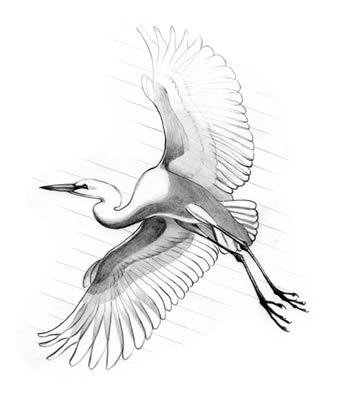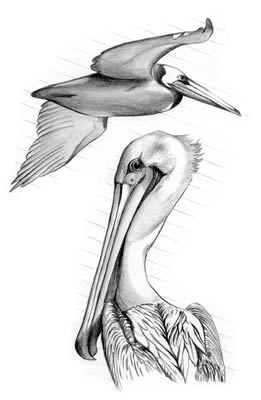
Since its founding more than 30 years ago, the Chesapeake Bay Foundation (CBF)
has been identified by its motto, "Save the Bay." If you live or travel
in the bay region, chances are good that you will see those three words often,
on CBF’s logo, publications, and more than a few car bumpers.
But "Save the Bay" must be more than a catchy slogan. It must actually be done—by restoring forests, wetlands, and underwater grasses, by increasing the numbers of oysters, crabs, and fish, by stopping pollution. Those are daunting challenges. The bay is a complex tapestry of life, and for too many years threads have been pulled from it. Today’s bay has only a fraction of its historic levels of oysters, about 10 percent of its underwater grasses, 40 percent of its wetlands, and 50 percent of its woods. Oysters, grasses, wetlands, and forests are the bay’s natural filters, its only resources to cleanse and sustain it. When they become diminished, we are left with poor water quality—and a tapestry that continues to unravel.
 CBF
works very hard to restore this tapestry that is the bay. We educate school
children, we lobby governments, we file lawsuits, we grow trees and oysters,
we engage, persuade, and energize. But we learned many years ago that CBF cannot
create a healthy Chesapeake Bay alone. To truly save the bay, everyone who lives
in the bay’s 64,000-square-mile watershed must care.
CBF
works very hard to restore this tapestry that is the bay. We educate school
children, we lobby governments, we file lawsuits, we grow trees and oysters,
we engage, persuade, and energize. But we learned many years ago that CBF cannot
create a healthy Chesapeake Bay alone. To truly save the bay, everyone who lives
in the bay’s 64,000-square-mile watershed must care.
And we have learned something else: To know the bay is to love the bay. That simple truth has driven our successful education program for years and has produced a generation of people now in the workplace who look back on the days they spent on the deck of a skipjack, walking through marshes, or paddling through creeks as part of a CBF field trip and, because of that experience, possess a lifelong awareness, appreciation, and personal sense of stewardship for the bay.
That personal stewardship is needed today more than ever, for while much progress has been made to restore the bay, the job is far from done. We must not allow apathy to dull our resolve. And we must remember that the bay we know today and are trying so hard to save is but a glimmer of the wondrously clear, fecund, and resilient estuary that our parents and grandparents knew even as recently as 40 and 50 years ago. We must not settle for what the bay has become but strive for what the bay can be again.
So take this guide and go experience the Chesapeake Bay for yourself. Travel the back roads, explore the creeks, catch a crab, hook a striped bass, smell the marshes, and squint as the sunlight dances on the waves. Get to know the bay. For once you know the bay, you will love it. And that is how we all will Save the Bay. —Charles C. Epes, Chesapeake Bay Foundation
Read and add comments about this page